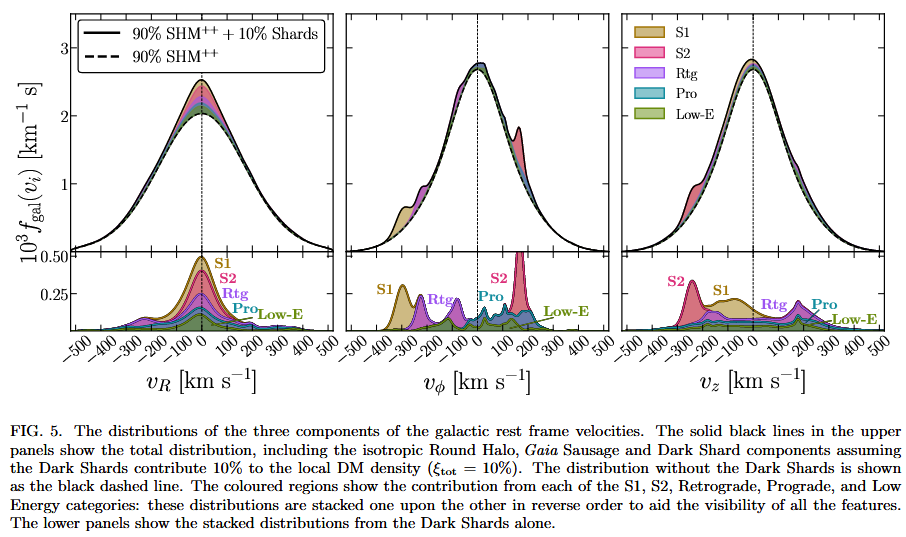No doubt you are aware of dark matter being derived from galaxy rotation curves, orbits of satellite galaxies, the virial theorem in clusters, gravitational lensing and weak lensing.
You are probably also aware of the failure to find dark matter in the solar system, detectors on Earth’s surface, searches within the Sun, on the surface of the Moon, the orbit of Pluto and suchlike.
You may not be aware that there is an intermediate scale. “Local dark matter”. Looking for dark matter in the orbits of stars near the Sun around the centre of the Milky Way. These orbits come from spacecraft Hipparcos and more recently from Gaia. Everyone agrees that dark matter has been found there, but the results so far are inconsistent and confusing. For instance, one report gives a higher density of dark matter in the plane of the galaxy than in the galaxy halo. Another report has found a difference in dark matter density between the north and south poles of the Milky Way. One report gives a different dark matter density depending on whether it is looking at intrinsically bright stars of sunlike stars.
Some of these reports are https://arxiv.org/pdf/1808.05603.pdf
Dark matter density = 0.016 ± 0.010 solar masses per cubic parsec.
Here’s a plot of local dark matter density calculations from https://arxiv.org/pdf/1605.04909.pdf. There is starting to be a consensus since the year 1990.

There are pretty pictures in https://arxiv.org/pdf/1909.04684.pdf but all I can really get out of that paper is that there are streams (of dark matter) detected by Gaia that confuse and modify the calculation of dark matter density.
From https://arxiv.org/pdf/1810.11468.pdf, “New data suggests that a substantial fraction of our stellar halo lies in a strongly radially anisotropic population, the ‘Gaia Sausage’. “
From https://iopscience.iop.org/article/10.3847/1538-4357/ab095b “a nontrivial fraction of the dark matter halo is in substructure and thus not be in equilibrium.” This paper divides local dark matter into components “disk, substructure and halo”. We get a good definition of “local” here as it affects dark matter. Local is at galactocentric distances of 7.5 to 10 kiloparsec. The Sun is 8.5 kiloparsecs from the centre of the Milky Way.
In summary, dark matter can be detected on scales of 1 kiloparsec, and is even more complicated than we had previously thought. It is locally near 0.016 solar masses per cubic parsec. For stars, it’s 0.038 solar masses per cubic parsec. So there’s a lot of dark matter around locally, but not as much as luminous matter.

